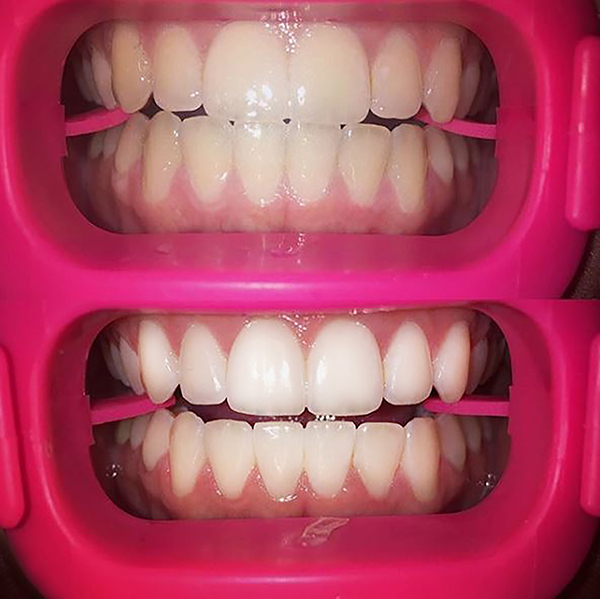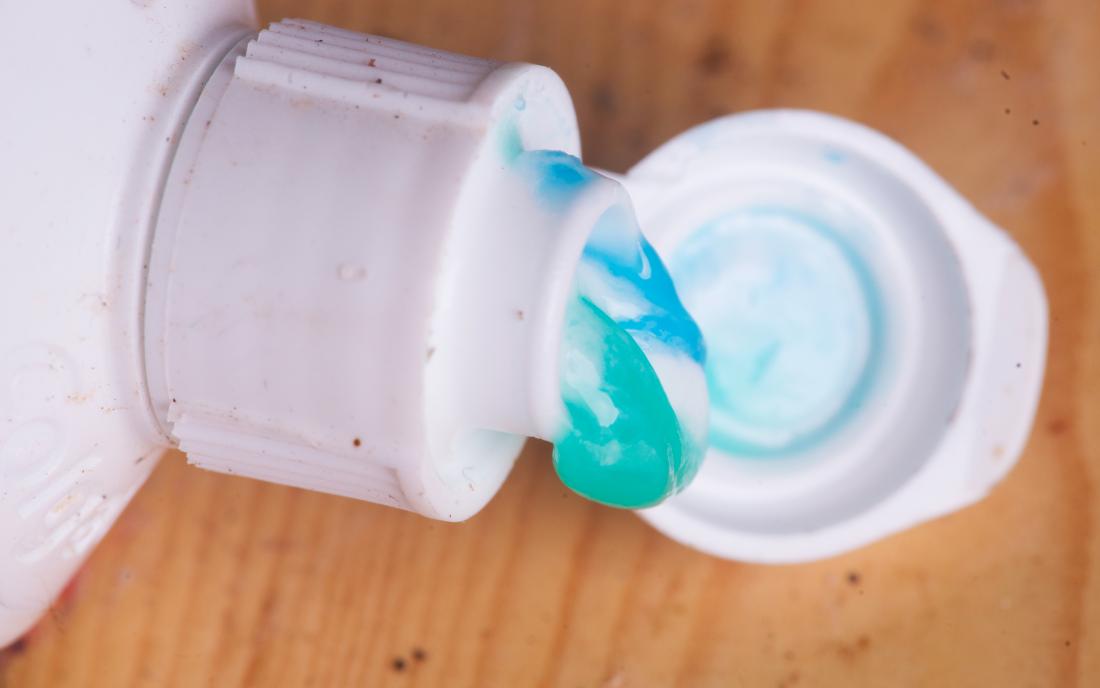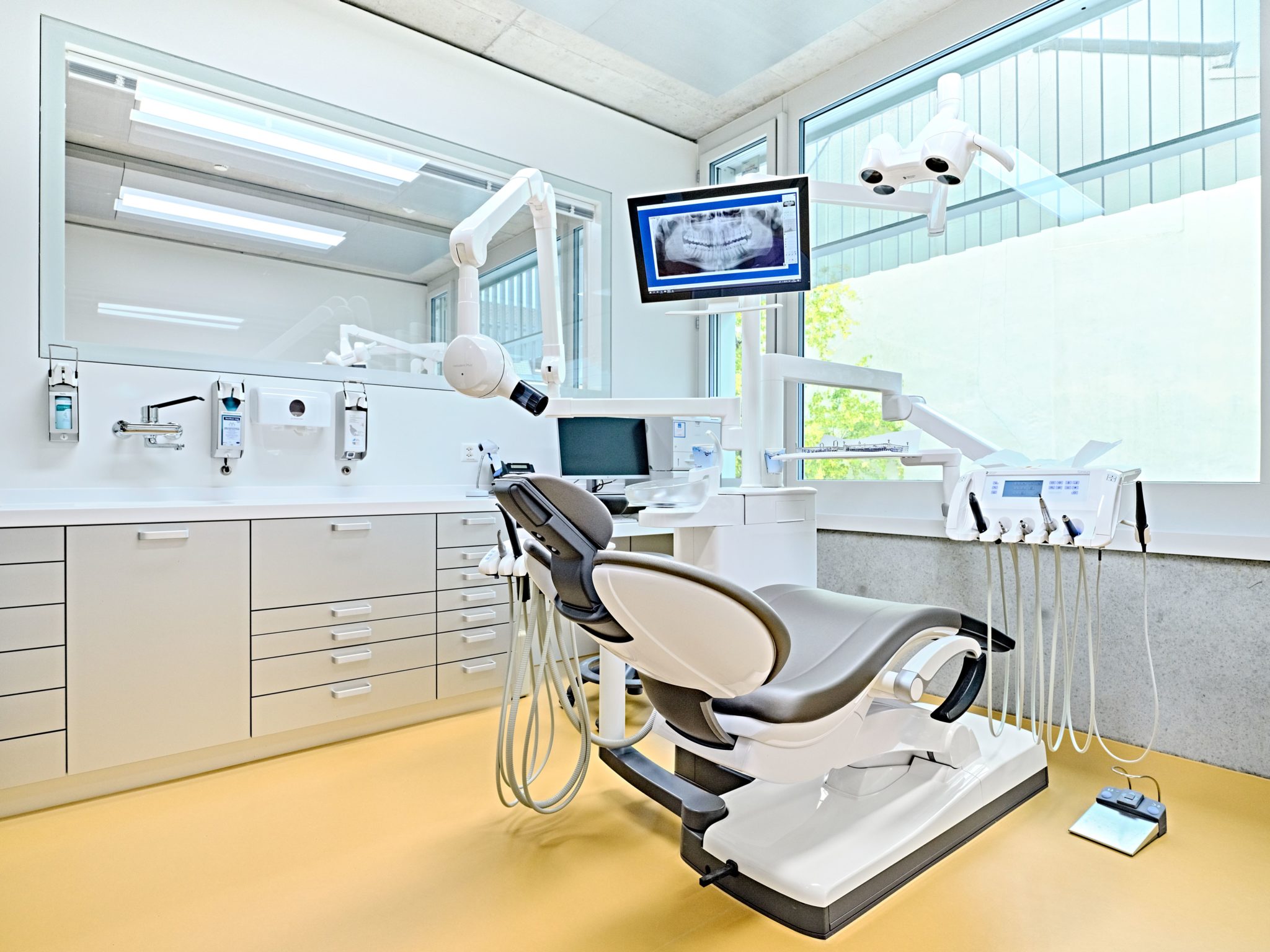No, sunbeds do not whiten your teeth. Sunbeds, which are used for artificial tanning by emitting ultraviolet (UV) radiation, do not have any whitening effect on teeth.
Teeth whitening encompasses various processes that usually employ dental procedures, products, or treatments intended to eliminate surface stains and discoloration from the teeth.
Exposing your teeth to UV radiation from sunbeds can potentially harm your oral health and increase the risk of dental problems. It’s essential to consult with a dentist for safe and effective teeth whitening options.
Sunbeds and Teeth Whitening
Clarify the Misconception about Sunbeds Whitening Teeth:
There is a misconception that exposure to UV radiation from sunbeds can help whiten teeth. This misconception arises from the idea that UV light can have a bleaching effect, similar to teeth whitening procedures.
However, it’s important to clarify that sunbeds should not be used for teeth whitening, and this practice is neither safe nor effective for several reasons:
UV Radiation Exposure: Sunbeds emit dangerous UV radiation, which can result in severe health issues such as skin damage, premature aging, and an elevated likelihood of developing skin cancer.
Using sunbeds for any purpose, including teeth whitening, can lead to adverse health effects.
No Bleaching Effect: UV radiation does not have the same effect on teeth as professional teeth whitening treatments.
Teeth whitening involves the use of specialized whitening agents that penetrate the enamel and break down stains, whereas UV radiation does not have this effect on teeth.
Lack of Control: Teeth whitening procedures require careful control of the whitening agent’s concentration and duration of exposure, which is not achievable with sunbeds.
Using sunbeds for teeth whitening could result in uneven results, overexposure, or underexposure.
Risk of Dental Damage: The intense UV radiation from sunbeds can potentially damage dental restorations like fillings or crowns and may lead to oral health issues.
Explain the Different Processes of Teeth Whitening:
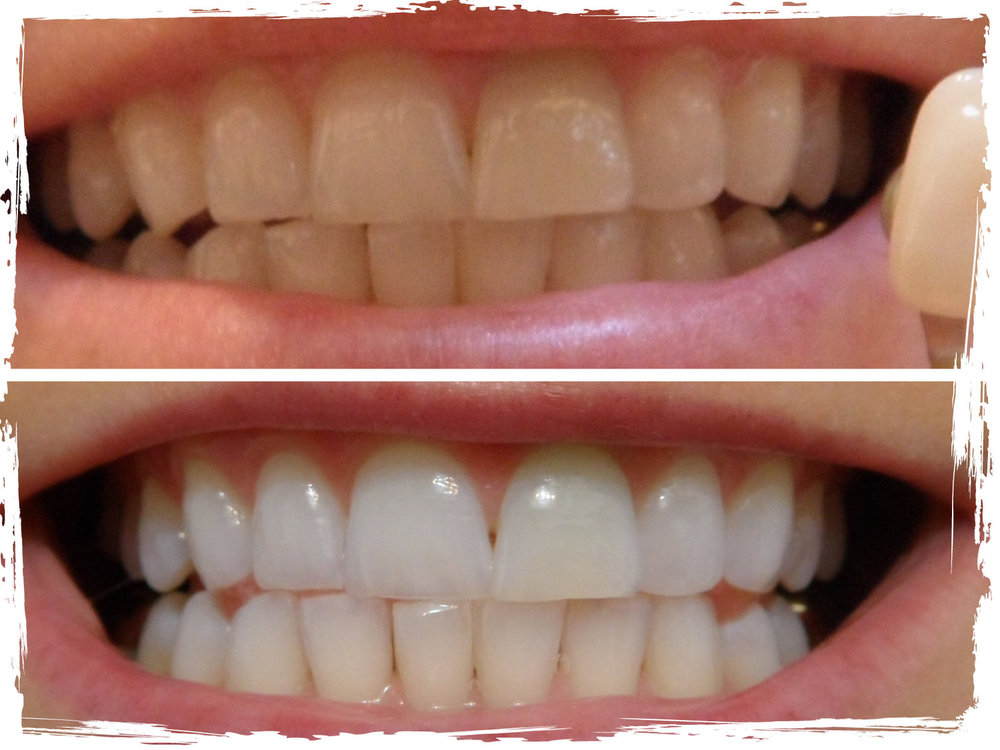
There are various methods for teeth whitening, and the choice of method depends on individual preferences, the severity of staining, and the recommendations of a dental professional.
Here are some standard processes for teeth whitening:
Professional In-Office Whitening: This method involves visiting a dental clinic where a dentist or dental hygienist performs the whitening procedure.
They use a higher concentration of whitening agents and may apply light or laser to accelerate the process. This is the fastest and most effective teeth whitening method.
Take-Home Whitening Kits: Dentists can provide customized take-home whitening kits. These kits typically include trays that fit your teeth and a whitening gel with a milder concentration of whitening agents.
You wear the trays for a specified period each day until you achieve the desired level of whitening.
Over-the-Counter Whitening Products: These products are available without a prescription and include whitening toothpaste, whitening strips, and paint-on whitening gels.
They contain lower concentrations of whitening agents and may take longer to show results compared to professional methods.
Bonding and Veneers: For teeth with severe discoloration or staining that doesn’t respond to traditional whitening methods, dental bonding or veneers can be applied to cover the front surface of the teeth with a white material.
How do Sunbeds Work?
Sunbeds and Their Purpose:
Sunbeds, also known as tanning beds or sun tanning booths, are devices designed to emit ultraviolet (UV) radiation, primarily in the form of UVA and UVB rays.
Their purpose is to provide an artificial source of UV light to induce a tan on the skin. The main components of a sunbed include:
Lamps or Bulbs: Sunbeds are equipped with lamps or bulbs that emit UV radiation. These lamps are similar to the fluorescent lamps used in lighting but are designed to produce a specific range of UV light.
Protective Eyewear: Users are typically required to wear protective eyewear to shield their eyes from UV exposure, which can be harmful to the eyes.
The purpose of sunbeds is to simulate sunlight exposure and induce tanning, which is often sought for cosmetic reasons. Many people use sunbeds to achieve a tanned appearance without prolonged exposure to natural sunlight.
Risks Associated with Sunbed Use:
While sunbeds offer a way to obtain a tan without natural sunlight, they come with several health risks, including:
Skin Damage: UV radiation from sunbeds can cause various forms of skin damage, including sunburn, premature aging (wrinkles, age spots), and a higher risk of skin cancer.
Eye Damage: Without proper eye protection, UV radiation from sunbeds can harm the eyes and increase the risk of cataracts and other eye conditions.
Immune System Suppression: Prolonged UV exposure can suppress the immune system, making the body less effective at fighting off infections and diseases.
Addictive Behavior: Some individuals may develop an addiction to using sunbeds, leading to excessive and unsafe tanning practices.
Inconsistent Tan: Sunbeds may provide an uneven or unnatural tan, leading to splotchy or undesirable results.
Age Restrictions: Many countries and states have age restrictions on sunbed use, prohibiting minors from using these devices due to the potential health risks.
The Dangers of UV Radiation on Teeth
The Potential Harm to Oral Health:
UV (ultraviolet) radiation can adversely impact oral health, especially concerning the mouth and teeth. Here are some of the potential risks:
- Oral Tissues: Excessive UV exposure can indeed harm the soft tissues of the mouth, affecting areas such as the lips, gums, and the lining of the cheeks.
Intense sun exposure may result in sunburn on the lips, causing not only discomfort but also elevating the risk of developing oral cancer.
- Oral Cancer: UV radiation is a recognized risk factor for oral cancer, a condition that can impact various oral tissues, including the lips, tongue, cheeks, and more.
Intense UV exposure can increase the likelihood of developing oral cancer, and it’s crucial to protect the oral cavity from harmful UV rays.
Risks of Increased Dental Problems Due to UV Exposure:
Tooth Sensitivity: Excessive sun exposure can lead to sunburn, including on the lips and the gums. Sunburn in the oral cavity can result in increased tooth sensitivity, making it uncomfortable to consume hot or cold foods and beverages.
Dental Erosion: Sunburn on the lips and oral tissues can cause discomfort, leading some individuals to consume acidic or sugary foods and beverages to alleviate the discomfort.
This can contribute to dental erosion, as these substances can wear away tooth enamel, increasing the risk of cavities and tooth sensitivity.
Stomatitis:
Stomatitis is the inflammation of the mouth’s mucous membranes, and UV exposure can both trigger and exacerbate this condition. It can result in pain, discomfort, and challenges in eating and speaking.
Oral Hygiene Challenges: Sunburn or other UV-related issues in the oral cavity can make it challenging to maintain good oral hygiene practices, which can increase the risk of dental problems.
It’s essential to protect your oral health from the harmful effects of UV radiation. Here are some precautions:
- Wear lip balm with SPF to protect your lips from sunburn.
- To protect your face from the sun’s rays
- , opt for a wide-brimmed hat. Additionally, it’s advisable to restrict sun exposure during peak hours, especially in areas with high levels of UV radiation.
- Regularly visit your dentist for oral health check-ups and screenings for conditions like oral cancer.
Safe Teeth Whitening Options
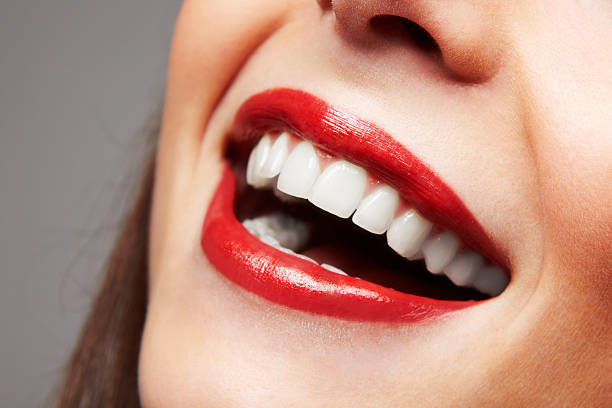
Professional Teeth Whitening Procedures:
Dentists or dental hygienists typically perform professional teeth whitening procedures and offer the most effective and rapid results. Here are some common professional teeth whitening options:
In-Office Teeth Whitening: This is a chairside procedure performed at a dental clinic. The dentist applies a high-concentration bleaching gel to your teeth and often uses a special light or laser to accelerate the whitening process.
In-office whitening typically takes one or two visits and can significantly whiten teeth in a short time.
Take-Home Custom Trays: Your dentist may provide custom-made whitening trays that fit your teeth precisely. These trays are filled with a professional-strength whitening gel and worn at home for a specified duration each day.
This method offers more control over the whitening process and typically produces noticeable results in a few weeks.
Professional teeth whitening procedures are effective and can lighten teeth by several shades.
Dentists can tailor the treatment to your specific needs and monitor the process for safety. However, they can be more expensive than at-home options.
At-Home Teeth Whitening Products and Their Effectiveness:
There are various at-home teeth whitening products available over the counter, and they can be an affordable option for achieving a whiter smile.
Here are some common at-home teeth whitening products and their effectiveness:
Whitening Toothpaste: Whitening toothpaste contains mild abrasives and may also include peroxide to remove surface stains. While they can help maintain teeth whiteness, they may have limited effectiveness in removing deeper stains.
Whitening Strips: Whitening strips are thin, flexible strips coated with a peroxide-based gel. They are applied directly to the teeth for a specified period, usually once or twice a day for a few weeks.
Whitening strips can be effective for some people, particularly in improving the color of front teeth.
Whitening Gel and Trays: Over-the-counter whitening kits often include trays and a whitening gel with a lower concentration of peroxide compared to professional options.
These kits can produce noticeable results but may take longer to achieve the desired whiteness.
Whitening Pens: Whitening pens are convenient for spot treatments. They contain a peroxide-based gel that is applied directly to individual teeth. They are suitable for touch-ups and minor stains.
LED Whitening Kits: Some at-home kits include LED devices that emit blue light to accelerate the whitening process. These can enhance the effectiveness of the whitening gel but may vary in terms of results.
The effectiveness of at-home teeth whitening products can vary from person to person. They are generally more suitable for mild to moderate teeth staining.
For significant whitening or for individuals with deep staining, professional whitening procedures tend to be more effective.
FAQs
Why do some people think sunbeds can whiten teeth?
It might be a misconception, as both sunbeds and teeth whitening involve improved appearance, but they are entirely unrelated processes.
Can UV radiation from sunbeds harm teeth?
Yes, excessive UV radiation exposure can harm teeth and oral health, leading to dental problems.
Can I use sunbeds to improve my smile?
No, sunbeds are not a safe or effective means to enhance your smile. Consult a dentist for teeth whitening options.
How can I safely whiten my teeth?
Safe teeth whitening options include professional dental procedures and at-home teeth whitening products recommended by dentists.
Are there any benefits to using sunbeds for oral health?
No, sunbeds offer no oral health benefits, and their use should be cautiously approached due to potential risks.
Do UV rays from sunbeds have any effect on tooth enamel?
Excessive UV radiation exposure can weaken tooth enamel, making teeth more susceptible to damage.
What is the recommended approach for maintaining healthy teeth?
Maintain healthy teeth through regular dental check-ups, good oral hygiene, a balanced diet, and avoiding harmful practices like sunbed use for non-tanning purposes.
Can sunbeds replace traditional teeth-whitening methods?
Sunbeds should never be used as a substitute for established teeth whitening procedures, as they do not provide any whitening benefits for teeth.
Conclusion
Sunbeds do not contribute to teeth whitening. Designed for tanning, sunbeds emit harmful UV radiation (UVA and UVB), raising the risk of skin cancer and premature aging.
In contrast, teeth whitening is a distinct process that usually entails the application of whitening agents to eliminate stains and discoloration from the surface of the teeth.
It is important to prioritize safe and approved methods for teeth whitening, such as professional dental treatments or over-the-counter products specifically designed for this purpose, rather than relying on sunbeds, which can pose serious health risks.







